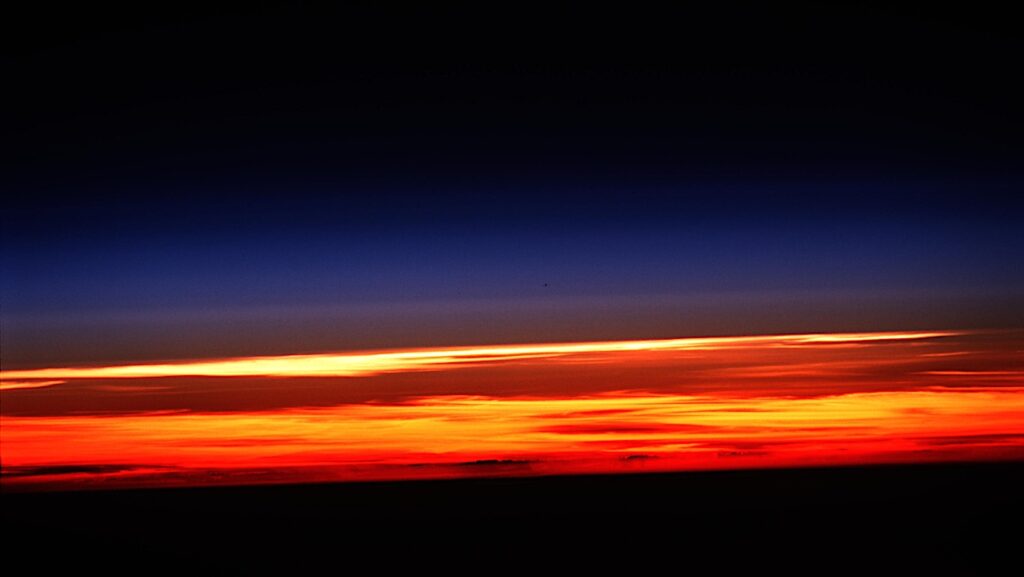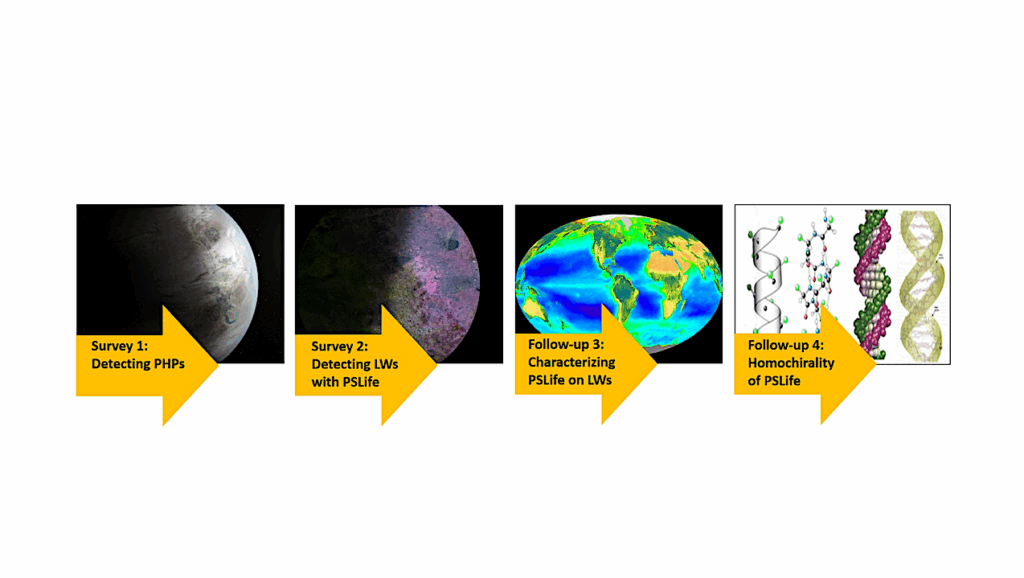Atmospheric Escape Processes and Planetary Atmospheric Evolution

The habitability of the surface of any planet is determined by a complex evolution of its interior, surface, and atmosphere. The electromagnetic and particle radiation of stars drive thermal, chemical and physical alteration of planetary atmospheres, including escape.
Many known extrasolar planets experience vastly different stellar environments than those in our Solar system: it is crucial to understand the broad range of processes that lead to atmospheric escape and evolution under a wide range of conditions if we are to assess the habitability of worlds around other stars.
One problem encountered between the planetary and the astrophysics communities is a lack of common language for describing escape processes. Each community has customary approximations that may be questioned by the other, such as the hypothesis of H-dominated thermosphere for astrophysicists, or the Sun-like nature of the stars for planetary scientists. Since exoplanets are becoming one of the main targets for the detection of life, a common set of definitions and hypotheses are required.
We review the different escape mechanisms proposed for the evolution of planetary and exoplanetary atmospheres. We propose a common definition for the different escape mechanisms, and we show the important parameters to take into account when evaluating the escape at a planet in time.
We show that the paradigm of the magnetic field as an atmospheric shield should be changed and that recent work on the history of Xenon in Earth’s atmosphere gives an elegant explanation to its enrichment in heavier isotopes: the so-called Xenon paradox.
Guillaume Gronoff, Phil Arras, Suleiman M Baraka, Jared M Bell, Gaël Cessateur, Ofer Cohen, Shannon M. Curry, Jeremy J Drake, Meredith K Elrod, Justin T. Erwin, Katherine Garcia-Sage, Cecilia Garraffo, Alex Glocer, Nicholas Gray Heavens, Kylie Lovato, Romain Maggiolo, Christopher D. Parkinson, Cyril L. Simon Wedlund, Daniel R Weimer, William B. Moore
(Submitted on 6 Mar 2020)
Subjects: Earth and Planetary Astrophysics (astro-ph.EP); Solar and Stellar Astrophysics (astro-ph.SR); Space Physics (physics.space-ph)
Cite as: arXiv:2003.03231 [astro-ph.EP] (or arXiv:2003.03231v1 [astro-ph.EP] for this version)
Submission history
From: Guillaume Gronoff
[v1] Fri, 6 Mar 2020 14:14:37 UTC (6,478 KB)
https://arxiv.org/abs/2003.03231
Astrobiology








